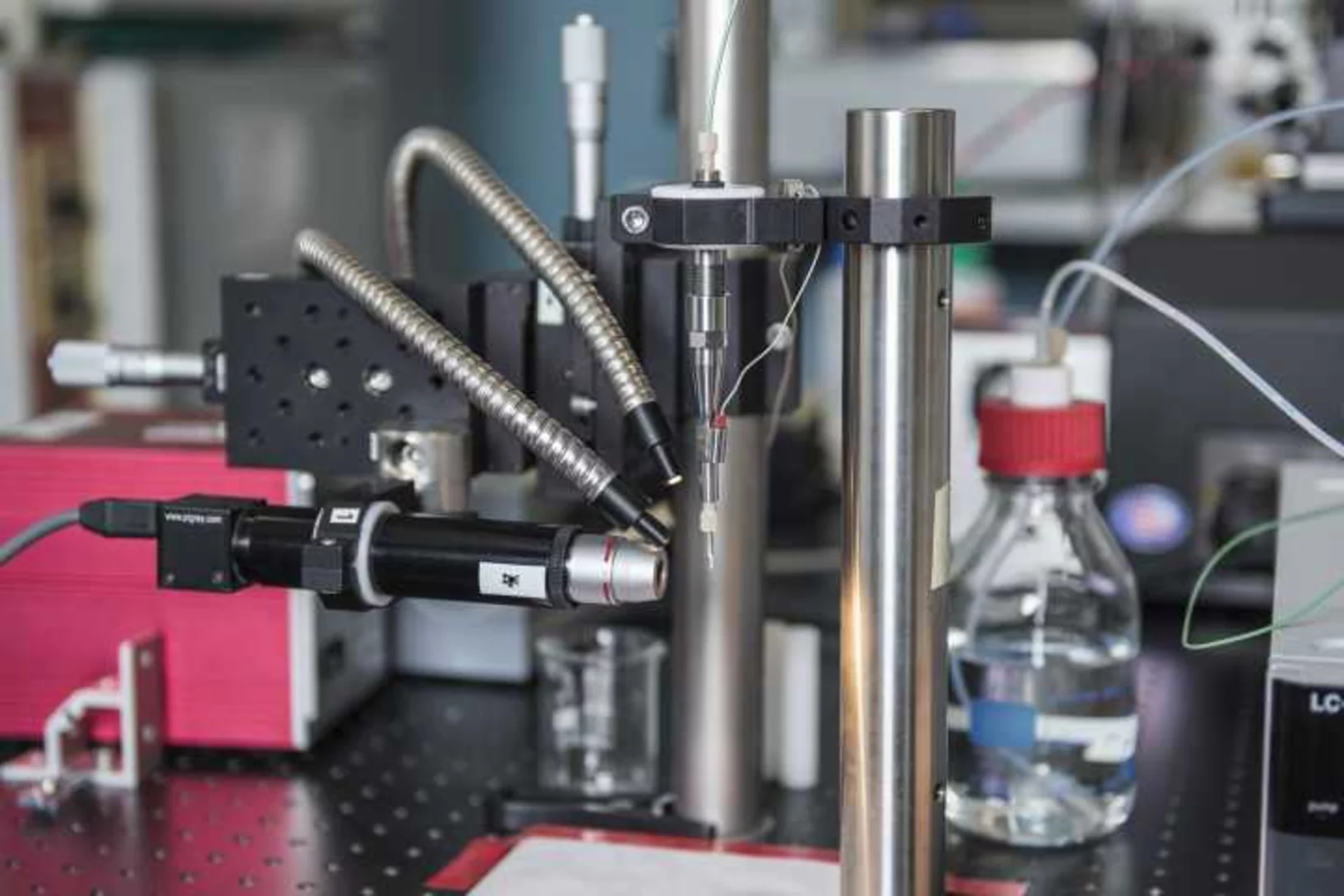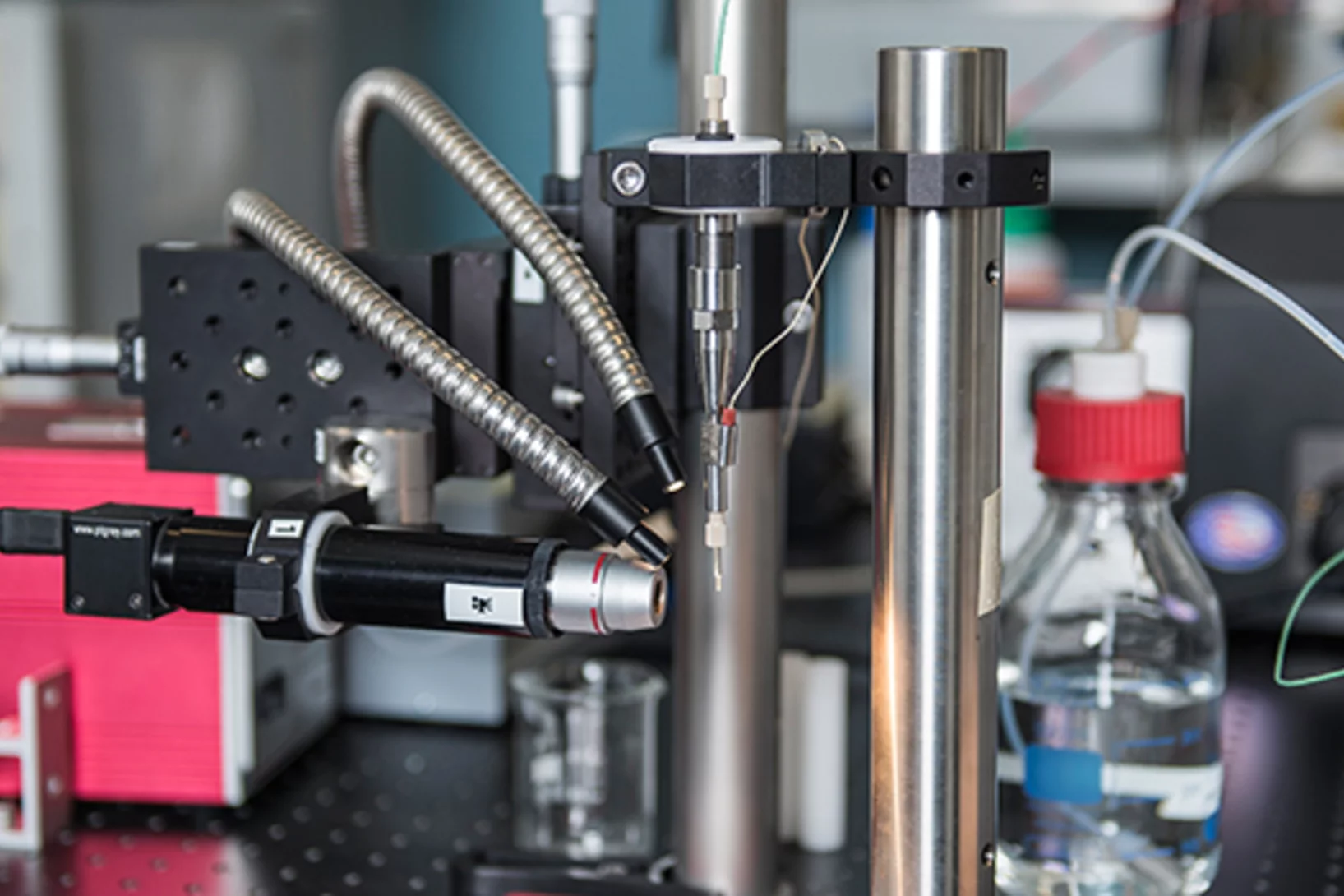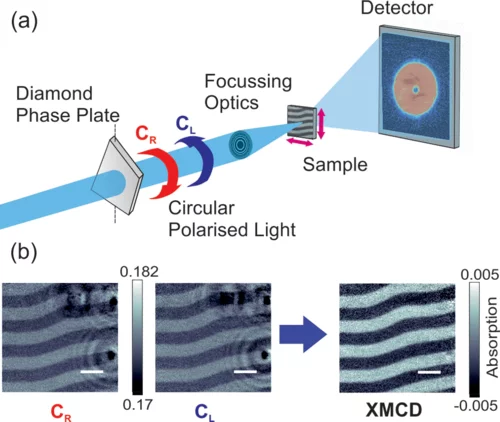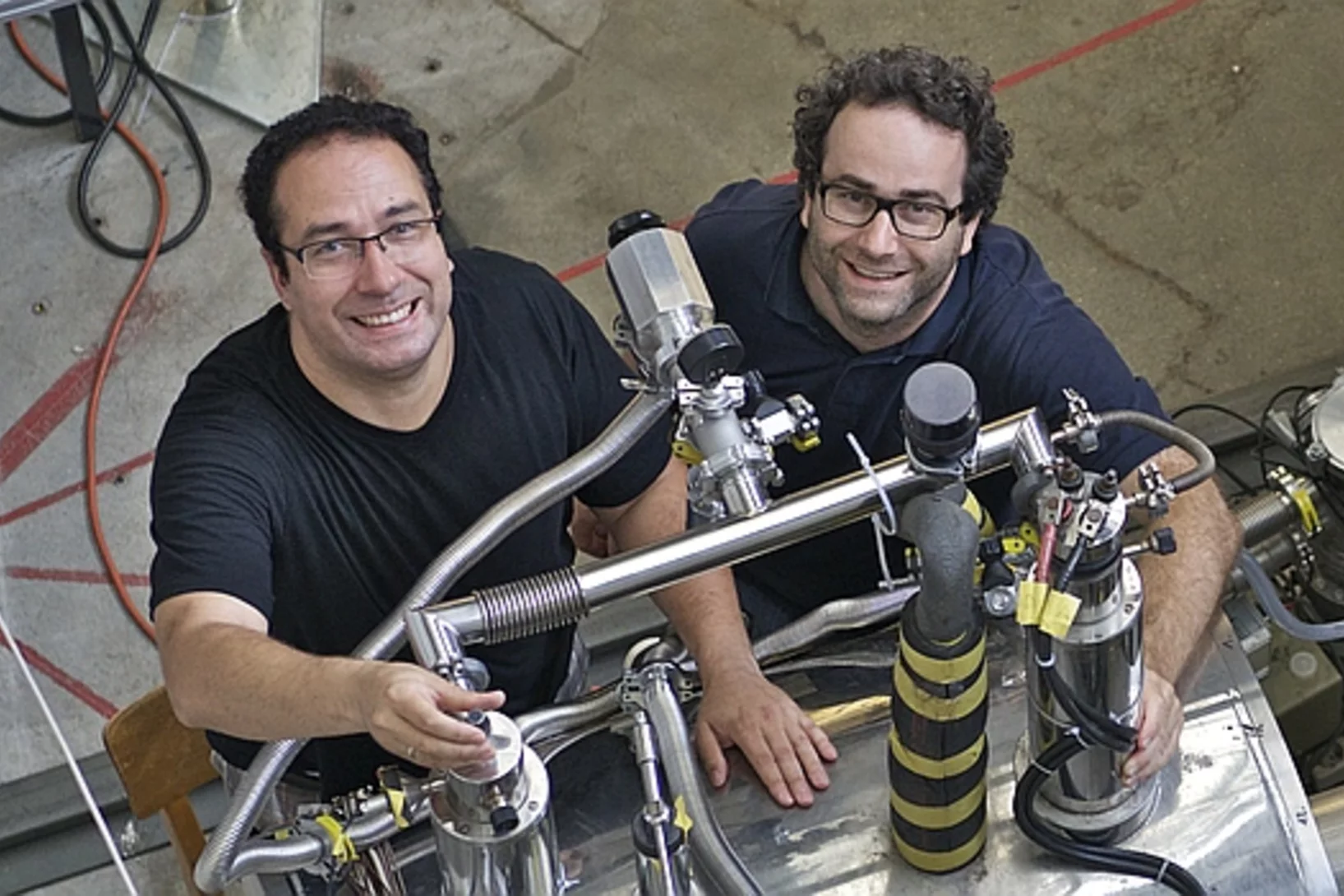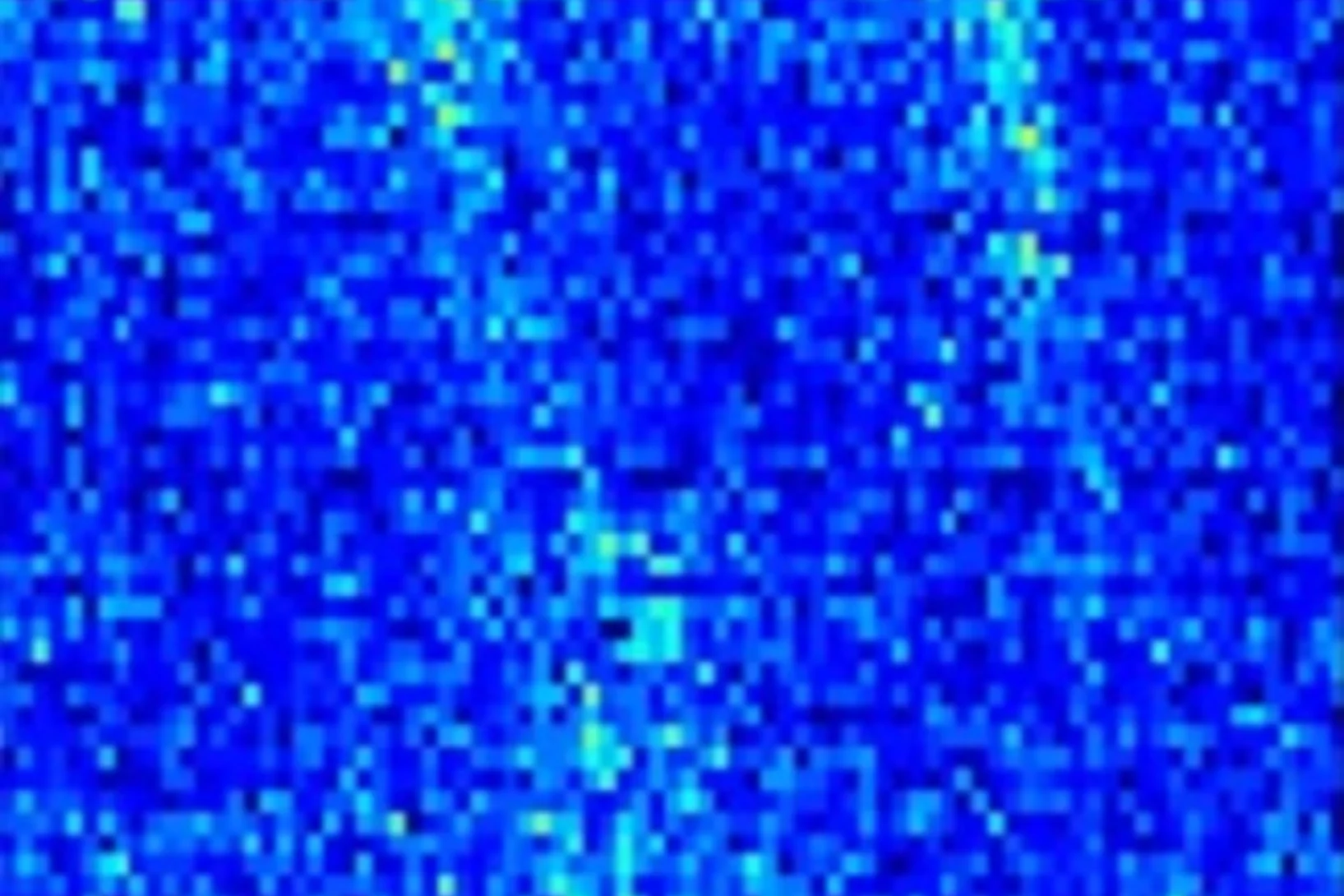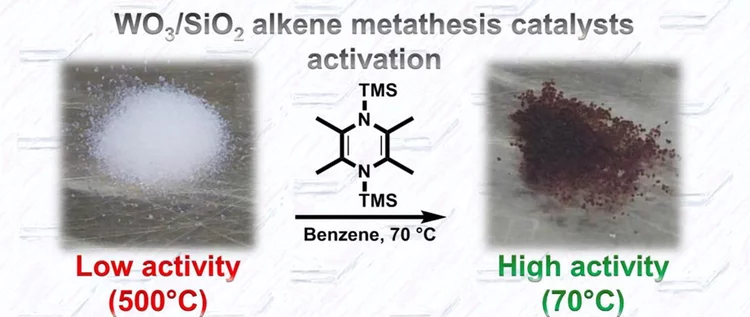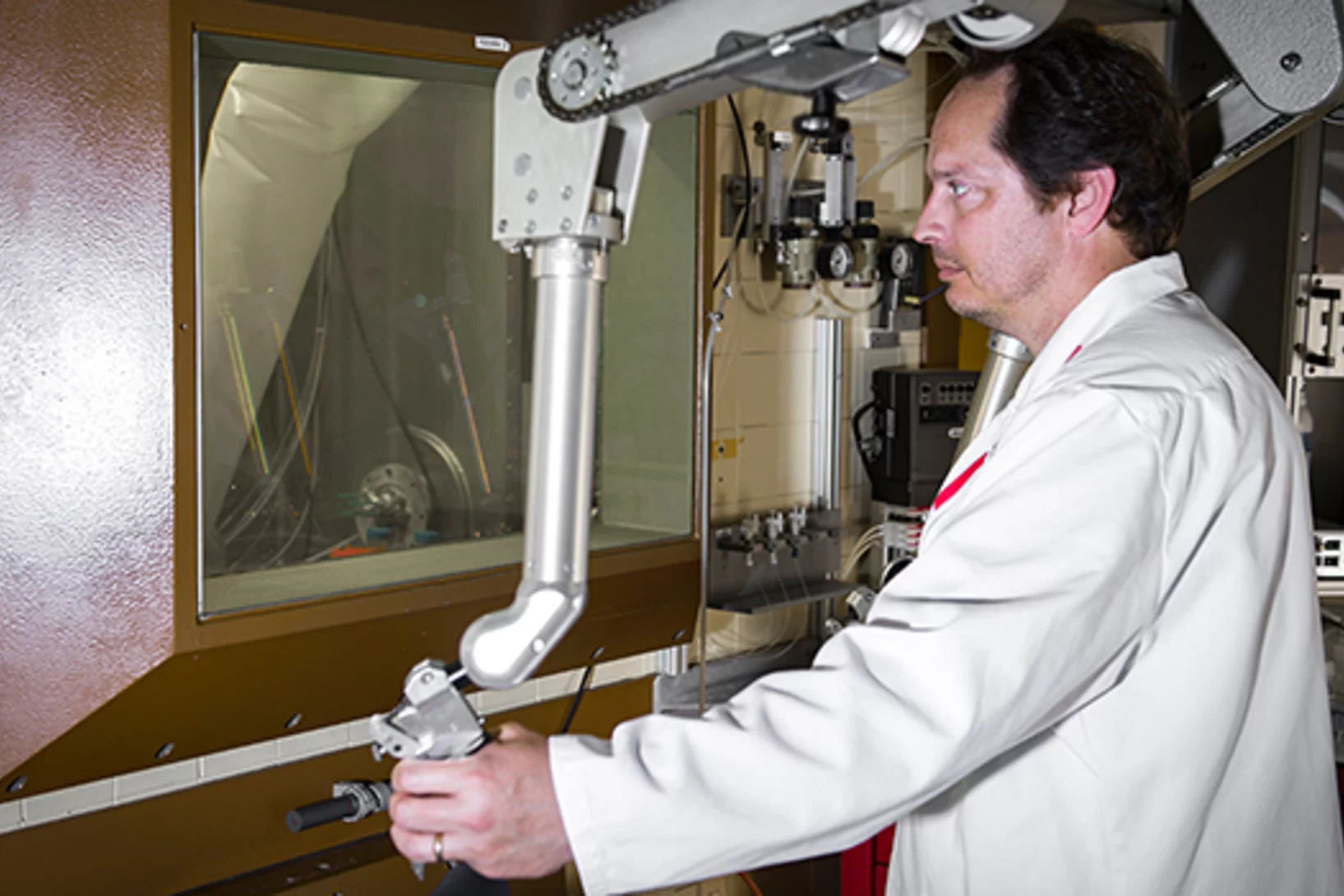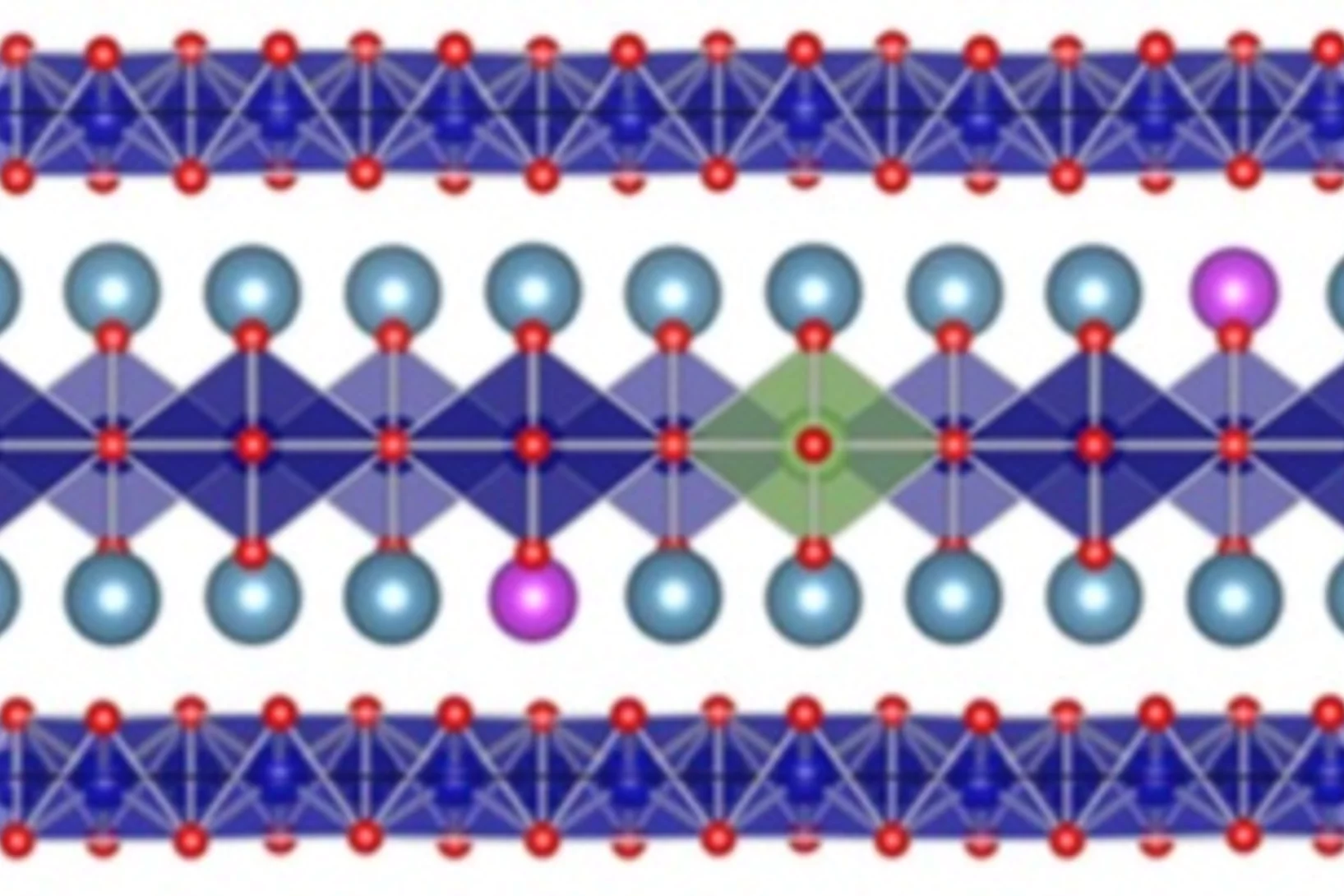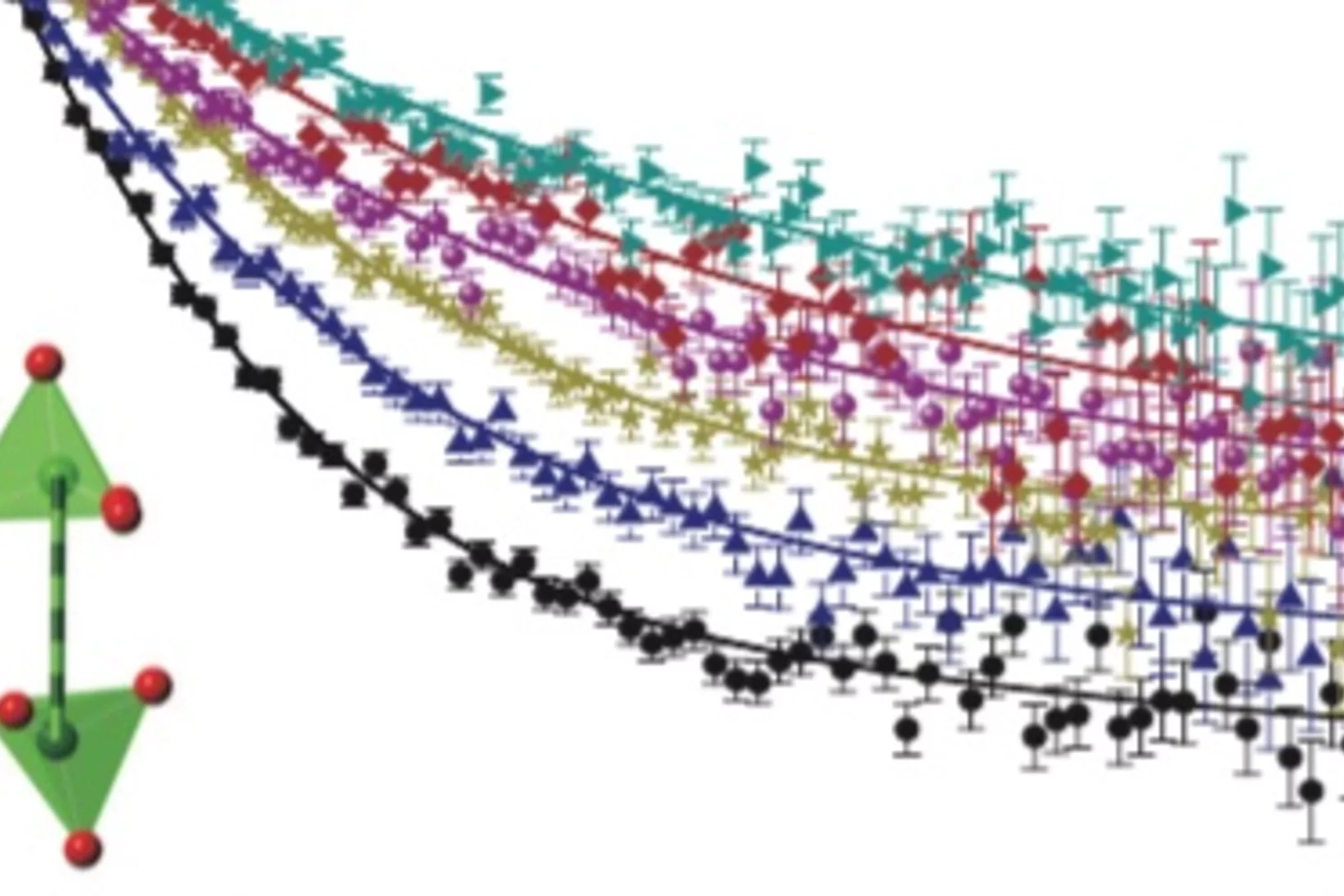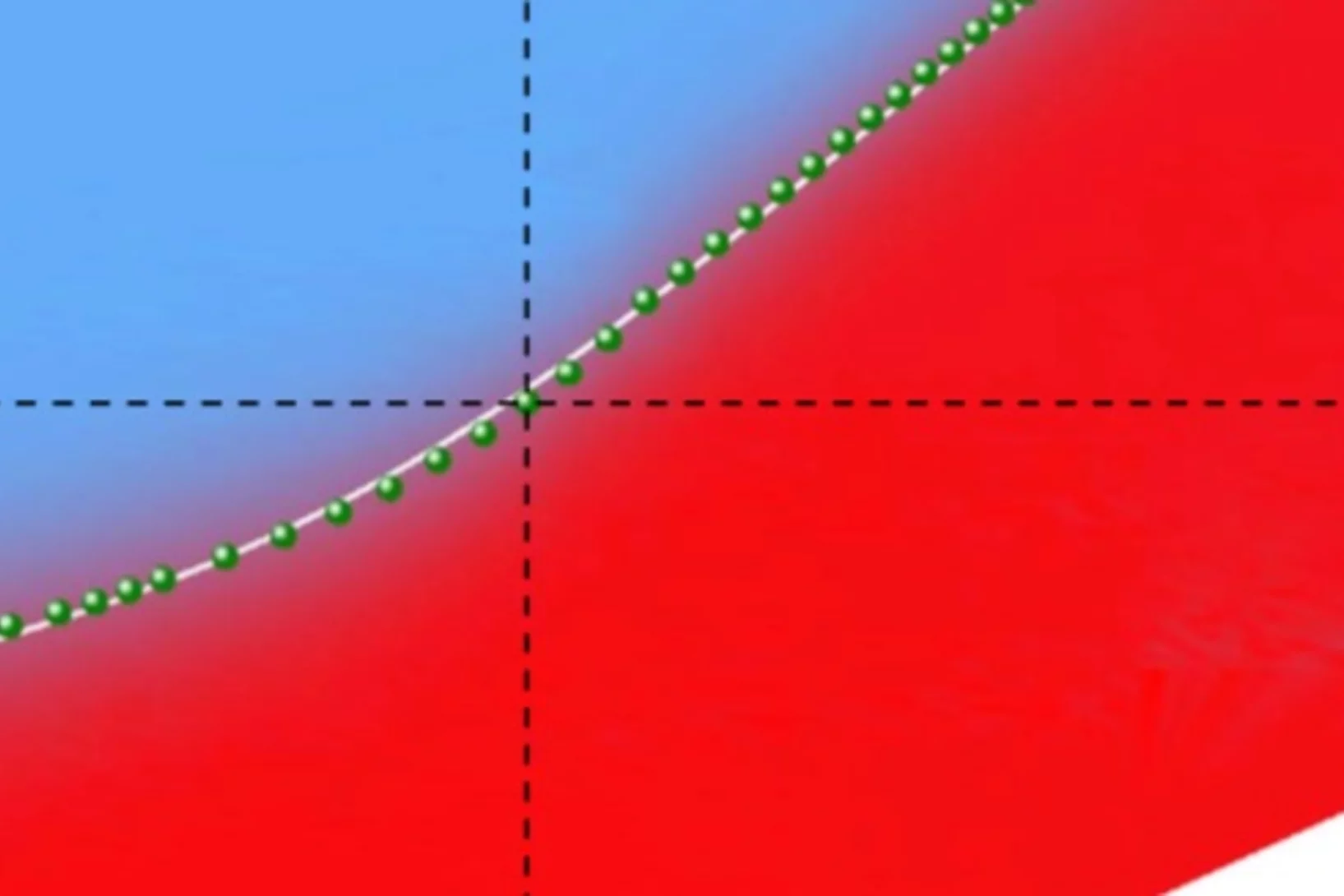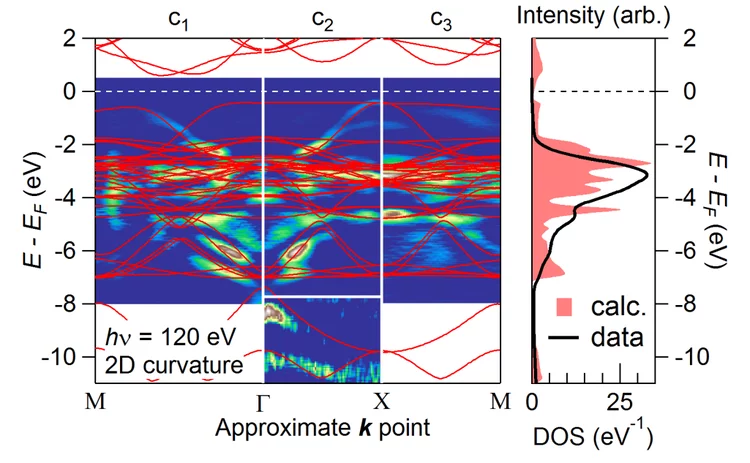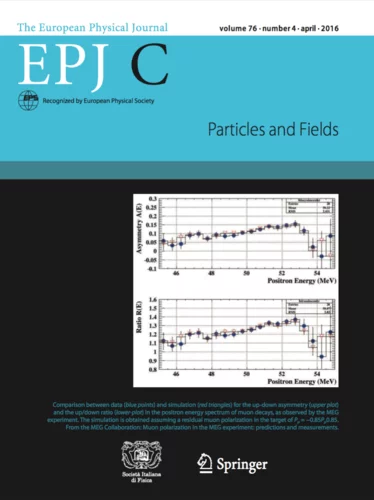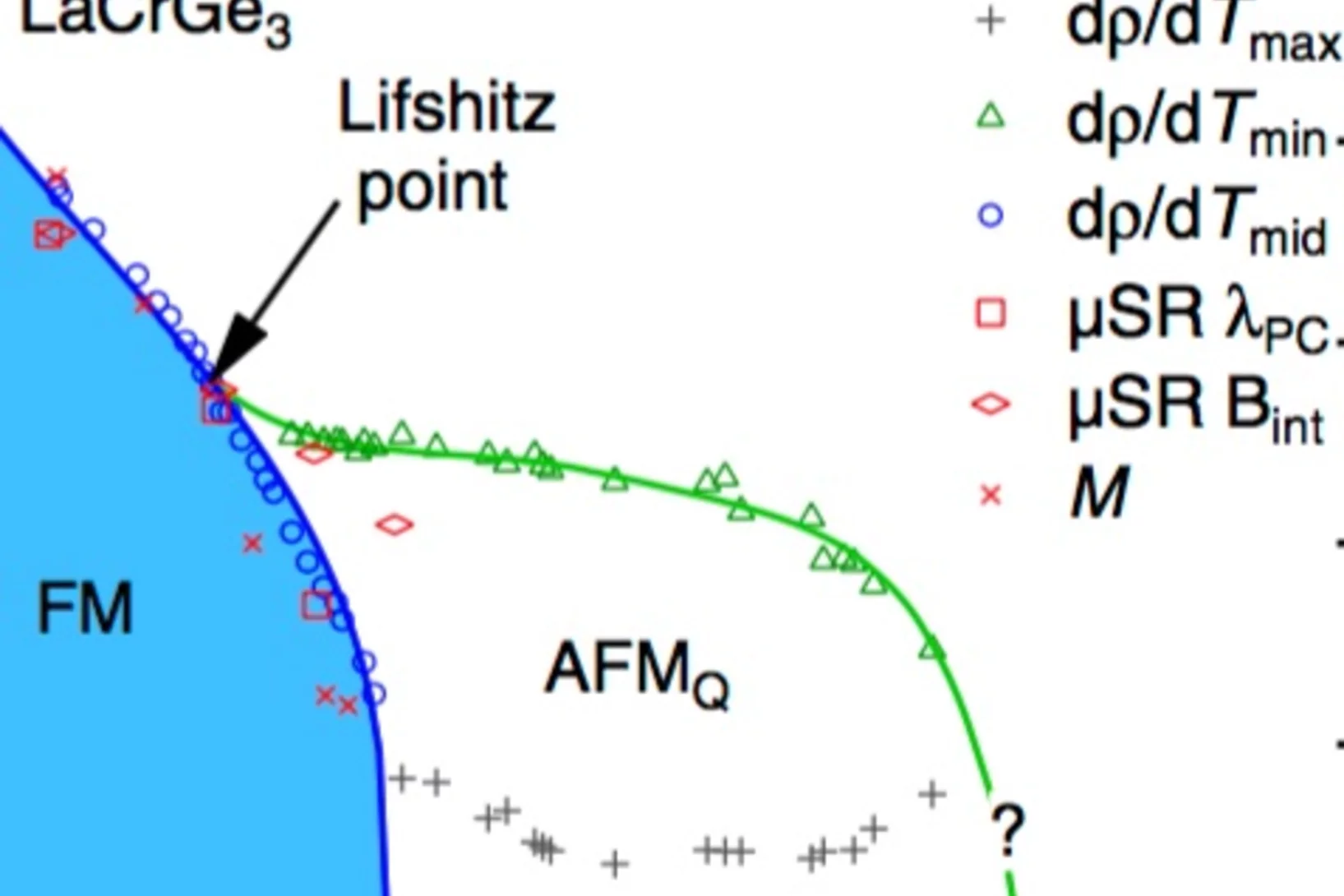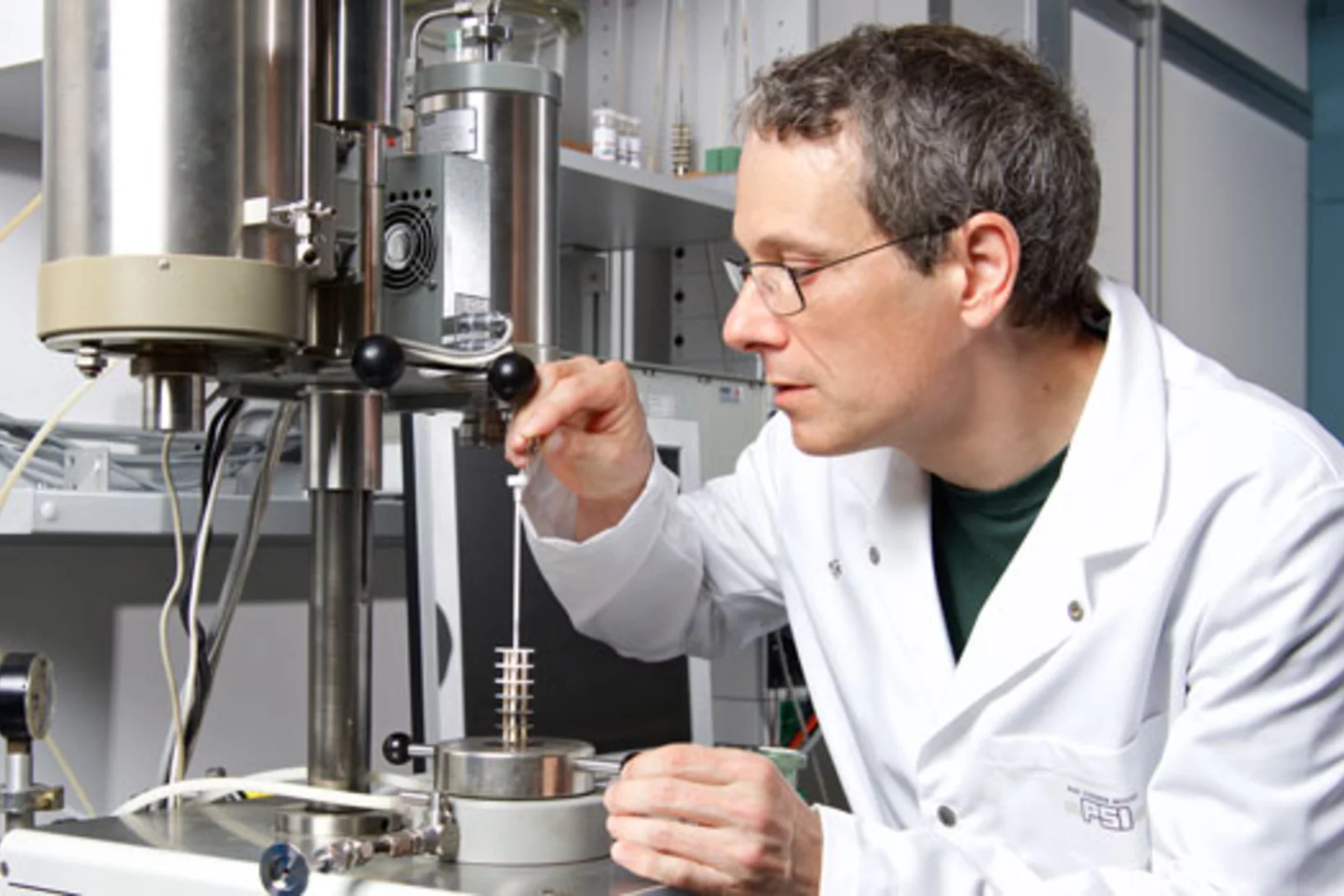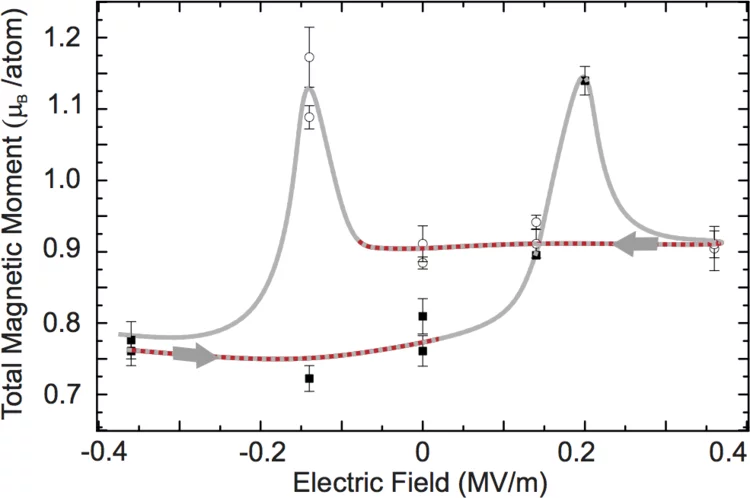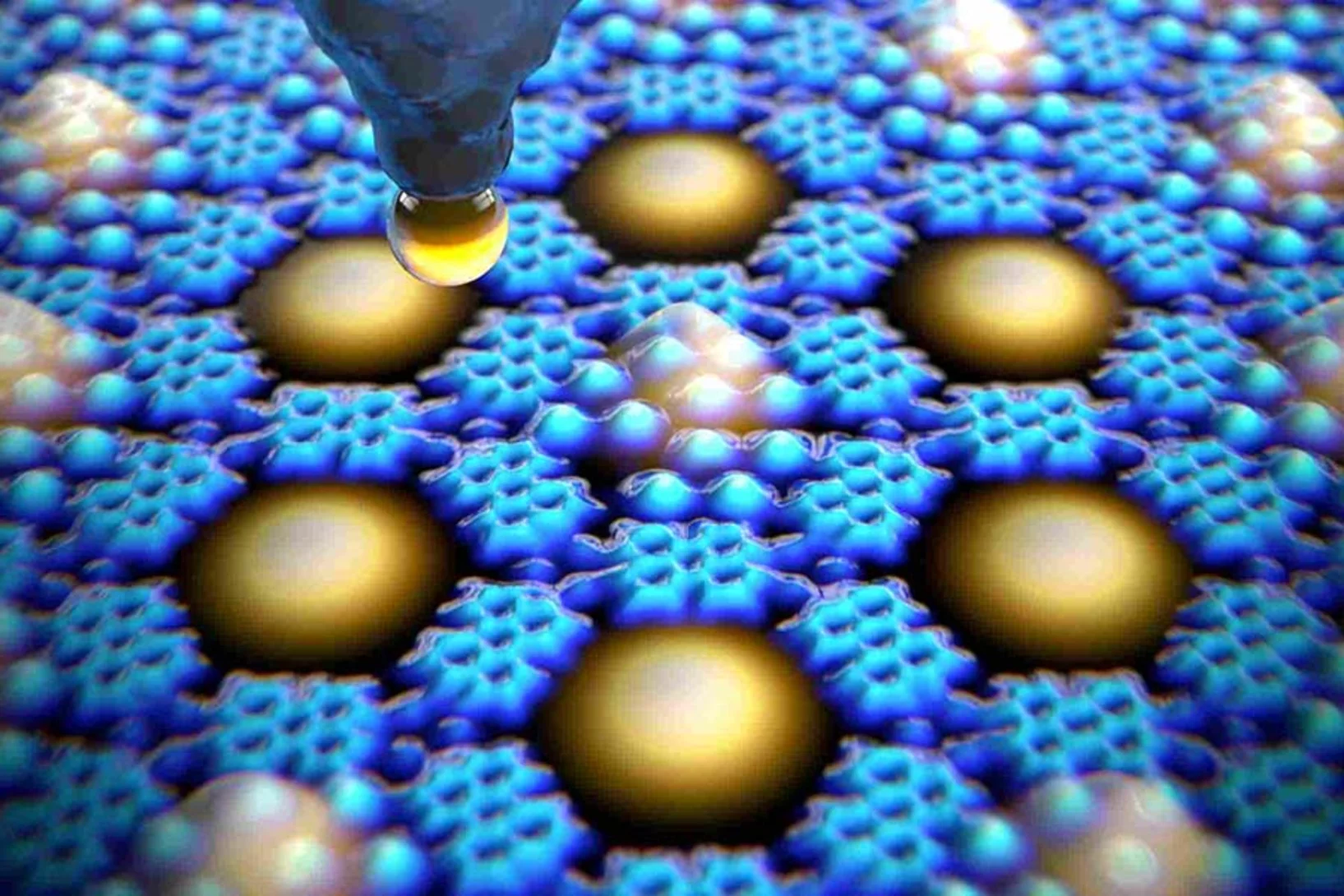Abkehr von der Kernenergie, Ausbau von Solar- und Windkraft, Energiegewinnung aus Biomasse, Senkung des Energieverbrauchs. Bis 2050 soll die Schweiz klimaneutral werden. Ein ehrgeiziges Ziel, welches durch die zunehmend herausfordernde geopolitische Lage dringlicher denn je geworden ist. Wie lässt sich in den nächsten Jahren eine nachhaltige und widerstandsfähige Energieversorgung für die Schweiz aufbauen? Wie können erneuerbare Energien optimal genutzt werden? Welche neuen Technologien sind besonders vielversprechend? Am PSI suchen Forschende nach Antworten auf diese entscheidenden Fragen.
Laser spectroscopy of muonic deuterium
The deuteron is the simplest compound nucleus, composed of one proton and one neutron. Deuteron properties such as the root-mean-square charge radius rd and the polarizability serve as important benchmarks for understanding the nuclear forces and structure. Muonic deuterium μd is the exotic atom formed by a deuteron and a negative muon μ-.
First Free Electrons at SwissFEL
At SwissFEL the first free electrons were produced and accelerated to 7.9 MeV. The electrons were stopped directly after the gun in the gun-spectrometer. The bunch charge was 20-50pC, with a repition rate of 10Hz. First measurements showed that the generated electron beam was of high quality. This means that the first milestone for the SwissFEL beam commissioning was reached!
Search for the lepton flavour violating decay μ+→e+γ with the full dataset of the MEG experiment
The final results of the search for the lepton flavour violating decay μ+→e+γ based on the full dataset collected by the MEG experiment at the Paul Scherrer Institut in the period 2009–2013 and totalling 7.5×1014 stopped muons on target are presented.
Coexisting multiple order parameters in single-layer LuMnO3 films
Magnetoelectric multiferroics hold great promise for electrical control of magnetism or magnetic control of ferroelectricity. However, single phase ferroelectric materials with a sizeable ferromagnetic magnetization are rare. Here, we demonstrate that a single-phase orthorhombic LuMnO3 thin film features coexisting magnetic and ferroelectric orders.
Catching proteins in the act
Some of the fastest processes in our body run their course in proteins activated by light. The protein rhodopsin sees to it that our eyes can rapidly take in their ever-changing surroundings. Free-electron X-ray lasers such as SwissFEL at the Paul Scherrer Institute PSI now make it possible for the first time to catch such processes in flagranti. Free-electron X-ray lasers generate extremely short and intense pulses of X-ray light.
Proteine in Aktion erwischen
Proteine sind unverzichtbare Bausteine des Lebens. Sie spielen eine entscheidende Rolle bei zahlreichen biologischen Prozessen. Forschende konnten nun zeigen, wie man mit Freie-Elektronen-Röntgenlasern wie dem SwissFEL am Paul Scherrer Institut PSI die ultraschnellen Abläufe, mit denen Proteine ihre Arbeit machen, erforschen kann. Freie-Elektronen-Röntgenlaser erzeugen extrem kurze und intensive Pulse aus Röntgenlicht. Weltweit sind derzeit erst zwei solcher Anlagen in Betrieb. Die Ergebnisse wurden heute im Wissenschaftsmagazin Nature Communications publiziert.
High-resolution hard x-ray magnetic imaging with dichroic ptychography
Imaging the magnetic structure of a material is essential to understanding the influence of the physical and chemical microstructure on its magnetic properties. Magnetic imaging techniques, however, have been unable to probe three-dimensional micrometer-size systems with nanoscale resolution. Here we present the imaging of the magnetic domain configuration of a micrometer-thick FeGd multilayer with hard x-ray dichroic ptychography at energies spanning both the Gd L3 edge and the Fe K edge, providing a high spatial resolution spectroscopic analysis of the complex x-ray magnetic circular dichroism.
Volume-wise destruction of the antiferromagnetic Mott insulating state through quantum tuning
RENiO3 (RE=rare-earth element) and V2O3 are archetypal Mott insulator systems. When tuned by chemical substitution (RENiO3) or pressure (V2O3), they exhibit a quantum phase transition (QPT) between an antiferromagnetic Mott insulating state and a paramagnetic metallic state. Because novel physics often appears near a Mott QPT, the details of this transition, such as whether it is first or second order, are important.
Call for expressions of interest: Beamline partners at the SLS for PX II and PX III
We invite companies and institutions to secure access to the beamlines X10SA/PX II and X06DA/PX III through a long term contract.
Auch das Deuteron gibt Rätsel auf
Das Deuteron ist – genau wie das Proton – kleiner als bisher gedachtDas Deuteron – einer der einfachsten Atomkerne, bestehend aus nur einem Proton und einem Neutron – ist deutlich kleiner als bislang gedacht. Dieses neue Forschungsergebnis passt zu einer Studie aus dem Jahr 2010, bei dem ebenfalls am Paul Scherrer Institut PSI das Proton vermessen wurde und ebenfalls ein kleinerer Wert gefunden wurde als erwartet. Das Ergebnis von 2010 begründete das seither sogenannte Rätsel um den Protonradius.
On the Interaction between Digitonin and Cholesterol in Langmuir Monolayers
In this article, we describe the effect of a highly hemolytic saponin, digitonin, on model lipids cholesterol and dipalmitoylphosphatidylcholine (DPPC) using a combination of tensiometric (surface pressure and dilatational surface elasticity), spectroscopic (infrared reflection absorption spectroscopy, IRRAS), microscopic (fluorescence microscopy), and scattering techniques (neutron reflectivity, NR, and grazing incidence X-ray diffraction, GIXD).
Low temperature activation of supported metathesis catalysts by organosilicon reducing agents
Industrial alkene metathesis processes rely on silica-supported tungsten oxide catalysts, which operate at high temperatures (>350 °C) due to the difficulty in generating active sites (carbenes or metallacyclobutanes). We report here a low temperature activation process of well-defined metal oxo surface species using organosilicon reductants, which generate a large amount of active species at only 70 °C (0.6 active sites/W).
Designernuklid für medizinische Anwendungen
Erstmals ist es Forschenden am PSI in einem Zyklotron gelungen, das Radionuklid Scandium-44 in hinreichend grosser Menge und Konzentration herzustellen. Damit haben sie die erste Voraussetzung geschaffen, dass Scandium-44 später einmal für medizinische Untersuchungen in Kliniken eingesetzt werden kann.
Phononic Structure Engineering: the Realization of Einstein Rattling in Calcium Cobaltate for the Suppression of Thermal Conductivity
Phonons in condensed matter materials transmit energy through atomic lattices as coherent vibrational waves. Like electronic and photonic properties, an improved understanding of phononic properties is essential for the development of functional materials, including thermoelectric materials. Recently, an Einstein rattling mode was found in thermoelectric material Na0.8CoO2, due to the large displacement of Na between the [CoO2] layers.
Physical realization of a quantum spin liquid based on a complex frustration mechanism
Unlike conventional magnets where the magnetic moments are partially or completely static in the ground state, in a quantum spin liquid they remain in collective motion down to the lowest temperatures. The importance of this state is that it is coherent and highly entangled without breaking local symmetries.
Iridates from the molecular side
New exotic phenomena have recently been discovered in oxides of paramagnetic Ir4+ ions, widely known as ‘iridates’. Their remarkable properties originate from concerted effects of the crystal field, magnetic interactions and strong spin-orbit coupling, characteristic of 5d metal ions.
Magnesium Oxide Boosts the Hysteresis of Single-Molecule Magnets
Researchers from PSI and EPFL have demonstrated that the magnetization hysteresis and remanence of TbPc2 single-molecule magnets drastically depends on the substrate on which they are deposited. If a few atomic layers thick magnesium oxide film grown on a silver substrate is used, a record wide hysteresis and record large remanence can be obtained. Single-molecule magnets are attractive for molecular spintronics applications such as information processing or storage.
A Mini-Antenna for the Data Processing of Tomorrow
The use of spin-wave signals in future information processing devices can substantially reduce power consumption over present charge current based technologies. As part of an international research venture, scientists at PSI now introduced a concept to generate spin waves with nanoscale wavelengths exploiting the driven dynamics of magnetic vortex cores in magnetic heterostructures.
Per Anhalter zu den Gammablitzen
Forschende am PSI haben einen Detektor namens POLAR entwickelt. Er soll extreme Energieausbrüche aus den Tiefen des Universums aufspüren und untersuchen. Im kommenden September wird POLAR mit einer chinesischen Weltraummission ins All fliegen.
POLAR detector developed at the PSI flies into orbit with a Chinese space mission
Researchers working with Wojciech Hajdas at the Paul Scherrer Institute PSI have developed a detector called POLAR. This instrument is expected to search out and investigate so-called gamma ray bursts coming from the depths of the universe. Gamma ray bursts are eruptions of high-energy light that despite being extremely strong remain, up to now, only poorly understood.
Shedding light on the origins of high-Tc superconductivity in bismuth oxides
Researchers have overcome a number of challenges in order to employ an advanced probe in the study of an unusual material, barium bismuth oxide (BaBiO3) – an insulating parent compound of a family of high-temperature superconductors known since the late 80s. In order to finally realize the experiments, the researchers grew and studied thin films of the material completely in situ under ultrahigh vacuum conditions. The results show that superconductivity in bismuth oxides emerges out of a novel insulating phase, where hole pairs located on combinations of the oxygen orbitals are coupled with distortions of the crystal lattice.
Muon polarization in the MEG experiment: predictions and measurements
The MEG experiment makes use of one of the world’s most intense low energy muon beams, in order to search for the lepton flavour violating process μ+→e+γ . We determined the residual beam polarization at the thin stopping target, by measuring the asymmetry of the angular distribution of Michel decay positrons as a function of energy. The initial muon beam polarization at the production is predicted to be Pμ=−1Pμ=−1 by the Standard Model (SM) with massless neutrinos.
Ferromagnetic Quantum Critical Point Avoided by the Appearance of Another Magnetic Phase in LaCrGe3 under Pressure
The temperature-pressure phase diagram of the ferromagnet LaCrGe3 is determined for the first time from a combination of magnetization, muon-spin-rotation, and electrical resistivity measurements. The ferromagnetic phase is suppressed near 2.1 GPa, but quantum criticality is avoided by the appearance of a magnetic phase, likely modulated, AFMQ.
Momentum-Resolved Electronic Structure of the High-Tc Superconductor Parent Compound BaBiO3
We investigate the band structure of BaBiO3, an insulating parent compound of doped high-Tc superconductors, using in situ angle-resolved photoemission spectroscopy on thin films. The data compare favorably overall with density functional theory calculations within the local density approximation, demonstrating that electron correlations are weak. The bands exhibit Brillouin zone folding consistent with known BiO6 breathing distortions.
LUC at the Top of Europe
This years excursion took the members of the Laboratory of Environmental Chemistry (LUC) up to 3600 m altitude where we visited the high-alpine research station. We enjoyed Heinz Gäggeler, president of the Swiss Commission of the high-alpine research station Jungfraujoch, giving us a tour through the station and a live demonstration of ice core drilling.
Sonnen-Sprit
Trotz ihres grossen Potentials hat die Sonnenenergie noch ein Problem: Die Sonne scheint nicht immer und ihre Energie lässt sich schwer speichern. Forscher am Paul Scherrer Institut PSI und an der ETH Zürich haben nun erstmals einen chemischen Prozess vorgestellt, in dem die Wärmeenergie der Sonne genutzt werden kann, um aus Kohlendioxid und Wasser direkt hochenergetische Treibstoffe herzustellen. Hierfür haben sie eine neue Materialkombination aus Ceroxid und Rhodium entwickelt.
Therapeutic drug monitoring in sub-nanoliter volumes
A promising system for painless and minimally-invasive therapeutic drug monitoring has been demonstrated. The proposed device combines biofunctionalized hollow microneedles with an optofluidic system to measure drug concentrations in volumes as small as 0.6 nL.
Magnetoelectroelastic control of magnetism
X-ray magnetic circular dichroism at the Co L3,2 edges measured at the X-Treme beamline, SLS and at the Advanced Light Source, evidence that three distinct electric field driven remanent magnetization states can be set in the Co film at room temperature. Ab initio density functional theory calculations unravel the relative contributions of both strain and charge to the observed magnetic anisotropy changes illustrating magnetoelectroelastic coupling at artificial multiferroic interfaces.
So halten Akkus länger und laden schneller
Forschende des PSI und der ETH Zürich haben ein sehr einfaches und kostengünstiges Verfahren entwickelt, um die Leistung herkömmlicher Lithium-Ionen-Akkus deutlich zu steigern. Ob Armbanduhr, Smartphone, Laptop oder Auto, für alle Anwendungsbereiche lassen sich so die Akkus optimieren. Demnach hält eine Ladung nicht nur deutlich länger, auch das Aufladen erfolgt schneller.
Controlling Quantum States Atom by Atom
A method to precisely alter the quantum mechanical states of electrons within an array of quantum boxes has been developped by an international consortium also including PSI. The method can be used to investigate the interactions between various types of atoms and electrons, which is essential for future quantum technologies.

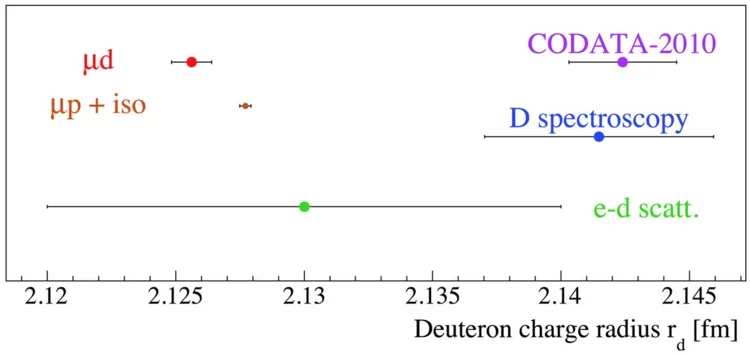
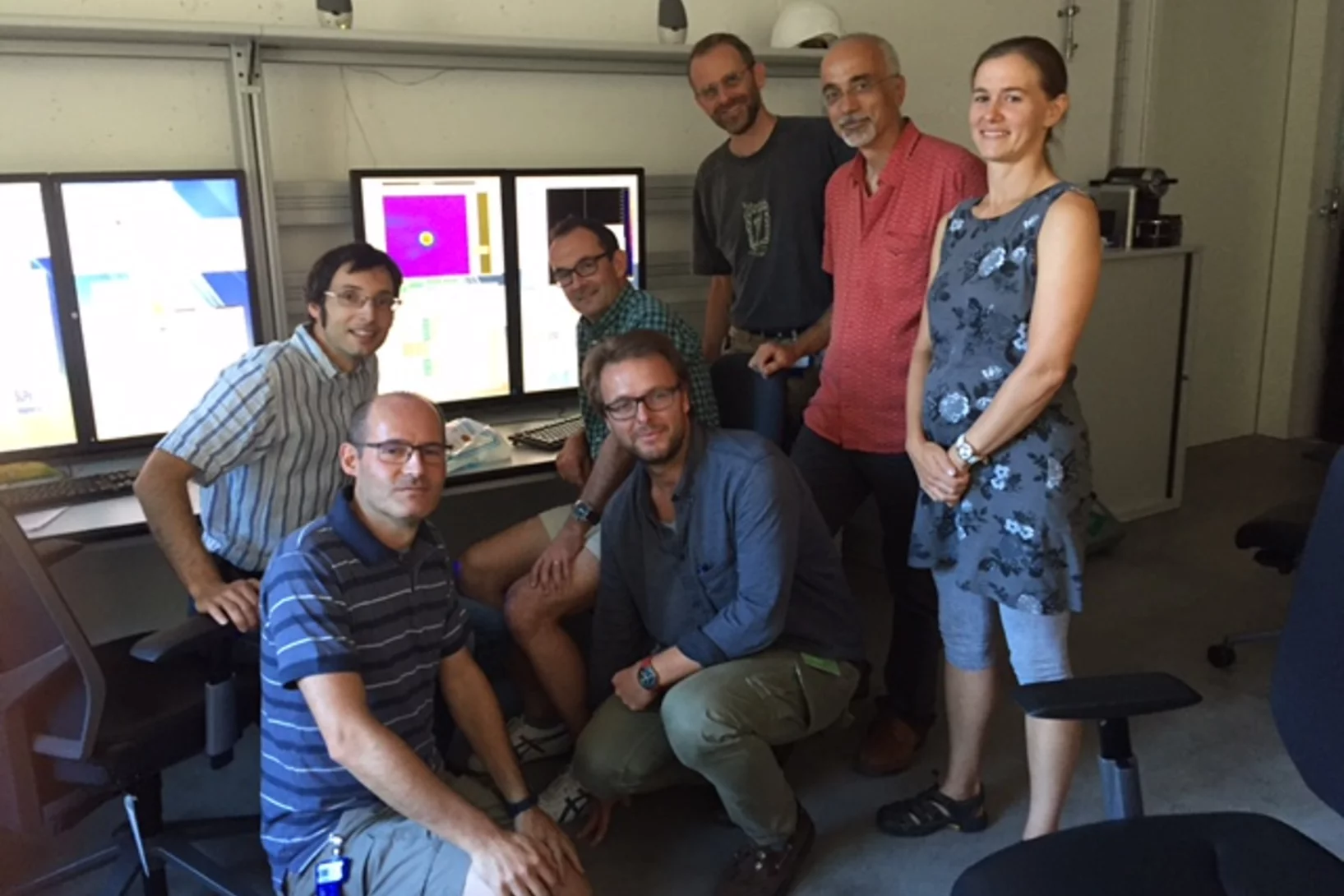
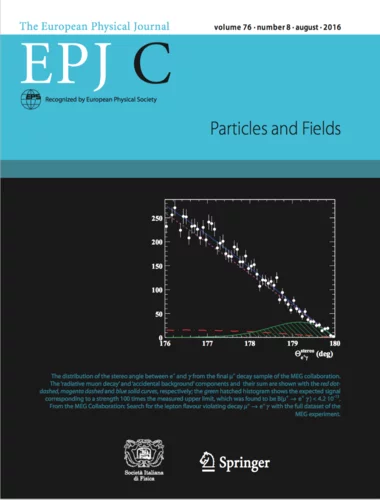
![Sketch of a ferroic triangle showing the relation and techniques with which the ferroic orders, FM, AFM, and FE, and their mutual coupling have been established. The experimental techniques written in black letters (polarized neutron reflectometry, PNR; resonant soft x-ray diffraction, SXRD; x-ray diffraction, XRD) to identify ferroic properties have been reported elsewhere [22, 24]. Magnetization, susceptibility, μSR, neutron diffraction, and electrical polarization are reported.](/sites/default/files/styles/teaser_grid_3_2_crop_xl/public/import/num/SHL20160822CoexistingEN/CWS_PRB_94_054423_2016.jpg.webp?itok=lQcJnePQ)
